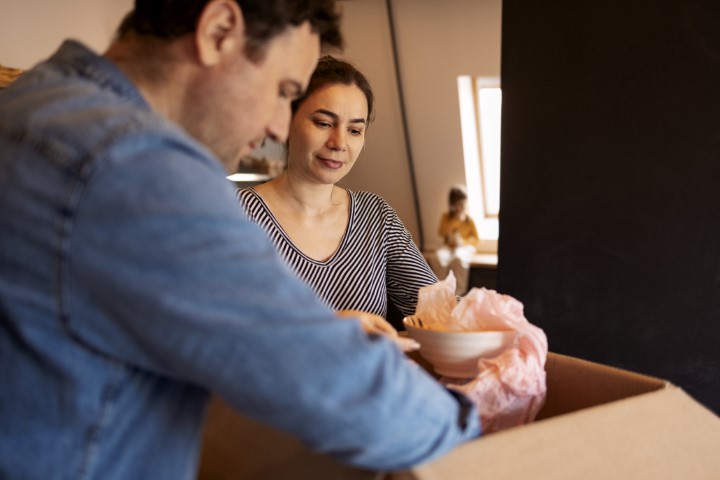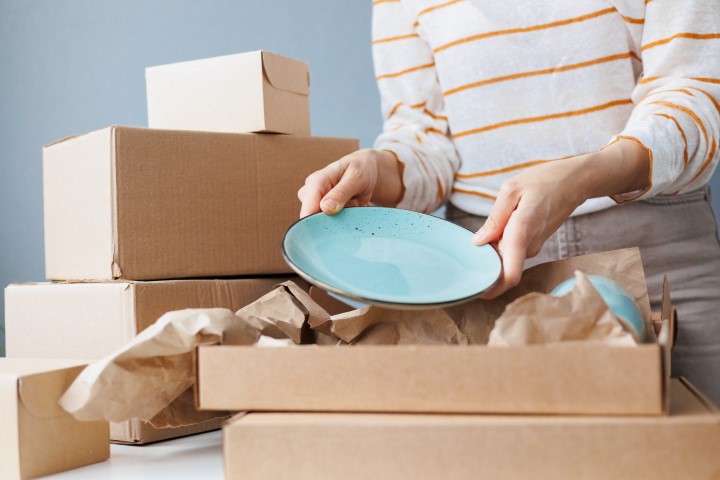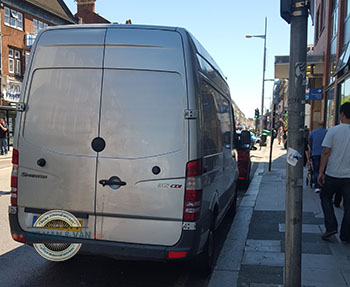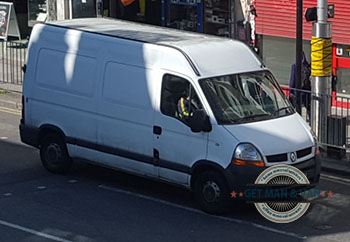
One of the biggest challenges when relocating from one house to another is how to pack glasses for moving in such a way that every single glass, plate, or other piece of kitchenware arrives at the new address in one piece. To ensure each glass is completely covered, wrap each glass individually with enough packing paper, ensuring a snug fit.
The job can be a little taunting, but at the same time, it is only natural that you would want to take care of it on your own. Professional packers might know the ins and outs of packing glasses and plates for transportation. However, yours might have sentimental value attached to them, thus prompting you to want to get the job done with your own two hands. Or, you might be looking to reduce the overall cost of your moving project by getting as much of the work done by yourself as possible. Whatever the case, you will find the pro tips for how to pack glasses for moving quite useful.
Why Do Glasses Break Easily During Transportation?
In contrast to soft materials such as clothes and other fabrics, glass, and china tend to break easily, especially during transportation in a vehicle. Using a soft material like a thick layer of packing paper inside the box can provide extra cushioning. The reason for this is the molecular structure of the material. Even though glass itself is hard, it is much easier to break when hit, or due to the vibrations in the van during the move. Because of this, it is of utmost importance to use the right packing materials and techniques to pack your glasses, plates, and cups. Incorporating more packing material around fragile items like wine glasses can significantly reduce the risk of damage.
Using tested methods and high-quality packing paper, bubble wrap, and even professional-grade, double-walled removal boxes might be the only way to make sure that they arrive at the assigned destination without damage.
Get the Right Packing Materials
Getting the right packing supplies is the chief safety consideration you should take when thinking about how to pack your glasses and plates. Being extra cautious works much better than just hoping that something doesn’t break during transportation. So, before the moment to pack comes, make sure that you have the following items at hand in sufficient quantity:
- Moving Boxes
- Packing paper
- Packing tape
- Some bubble wrap
- Scissors
- Marker
Bubble wrap is the go-to packing material everyone thinks of. You will find it not particularly useful when packing glasses, plates, and dishes made of china and similar materials. To pack wine glasses securely, consider using a cell pack inside the moving box, providing individual compartments for each glass. The reason for this is that bubble wrap doesn’t bend more easily toward the specific form of glasses and dishes. For lighter glasses and items like cocktail glasses, use less dense packing material to avoid unnecessary pressure. Because of this, packing paper and packing tape work better for securing this type of item when moving. Nevertheless, it would be a good idea to have bubble wrap as well. You can use it to cover the inner sides of the moving boxes you will be putting the glasses and plates in. In that way, you will be adding yet another level of protection for your possessions while on the road.
The main question would be how much of everything you should get. There is no simple answer, since it all depends on the quantity of glasses and plates you will be transporting. Make sure to have enough packing paper and other packaging materials to wrap glasses and pack plates thoroughly.
A good rule of thumb is to make an estimate of the number of boxes, and the amount of packing paper and packing tape you are going to need. Then, get at least 10 percent more of everything. Plastic bins can also be a viable packing material, especially for heavier items that require sturdy containment. It is always better to have some paper, tape, and boxes to spare than to run short once you start the packing process.
In addition to paper sheets and bubble wrap there are other packing materials produced specifically for transporting glasses, fragile items, and dishware when moving house. Seal boxes properly with packing tape to prevent them from opening during the move. Pack pots, a dish barrel, and security tape (a special type of duct tape) will all come in handy as useful storage solutions for your fragile items, but they are not absolutely necessary to ensure the safety of your breakable items.
Packing Glasses and Plates with Old Newspapers
Using an old newspaper to pack your glasses is an all-time classic method. Old newspapers and other print materials are abundant in most households, in contrast to bubble wrap for instance, and employing them to fit your packing needs is a great way to recycle them! All you need to do is gather as many newspapers as you think you are going to need. Form small and bigger balls of paper to form pieces of crumpled packing paper that you can use to lay the insides of your cardboard boxes with. When packing wine glasses, be sure to place a paper sheet between each to prevent scratching. Stuff the crumpled paper in the glasses as well and start placing them in the moving box.

Put the heaviest glasses, such as your favorite beer mugs, on the bottom, and the lightest, like those beautiful wine glasses you got last Christmas from your best friend, on the top.
Put crumpled newspapers not only around the walls of the cardboard box but between the glasses as well. The extra precaution of avoiding just a single layer of newspaper between the individual glasses, mugs, and plates will pay off by adding extra security to your breakable materials.
Packing Glasses and Dishes without Newspapers
If you don’t have access to a lot of old newspapers, but you still would like to make sure your glasses and plates do not suffer an unfortunate accident while they are being driven to your new place, you can use a lot of other neat tricks. Consider using towels or other soft material to wrap glasses for moving, ensuring each glass is cushioned individually. Of course, the good old combination of specialized packing paper that you crumple in place of the newspapers works fine. You can put a single layer of bubble wrap between each level of glass in the moving box to make sure they are truly protected. But you can become really creative if you want to. Packing your glasses between towels, sheets, pillowcases and even your collection of t-shirts will all work great for insulating them from the vibrations and bumps on the road.
No matter what method you choose, however, you should not forget to duct tape the boxes fully once you are done packing them. Always pack dishes and glasses for moving standing up to minimize pressure points and reduce the risk of breakage.

The last thing to do before leaving the boxes for the movers to collect and load on their Luton van would be to label them properly. Make sure that the writing on the box is large enough and visible. It should explicitly say the box contains breakable, highly fragile glasses and it needs to be handled with extra care. Your movers will know how to handle them, including how to arrange the boxes in the van in such a way as to minimize the risk of damage and accidents.
Packing Glasses, Plates, and other Dishes Standing Up or Lying Down
When you commence packing your glasses and dishes for transportation, you might first begin to wonder if you are going to need more packing paper than you have. This is where ensuring you have more packing material than you initially estimate comes into play, to accommodate all items securely. That’s an insignificant problem, however. You can always get more paper or even old newspapers if necessary. The more important question you need to ask yourself is whether you should pack your glasses, dishes, and other breakable wares standing up in the box, or you should leave them lying down on the bottom.
When in doubt, opt for standing up as it distributes pressure more evenly across the glassware, reducing the likelihood of damage.
While many other questions regarding house moves, storage, and packing might be a subject of debate and even personal preferences, there is a clear answer to this one. You should always pack your dishes, glasses, and plates standing up. If you leave them lying down, you will increase the risk of something – if not everything – in the box breaking on the first bump on the road.
About the Author:
Prev: « Effortless Techniques for Kinetic Lifting of Heavy ObjectsNext: Do Speed Camera Vans Flash? – Everything You Need to Know and What to Expect »









